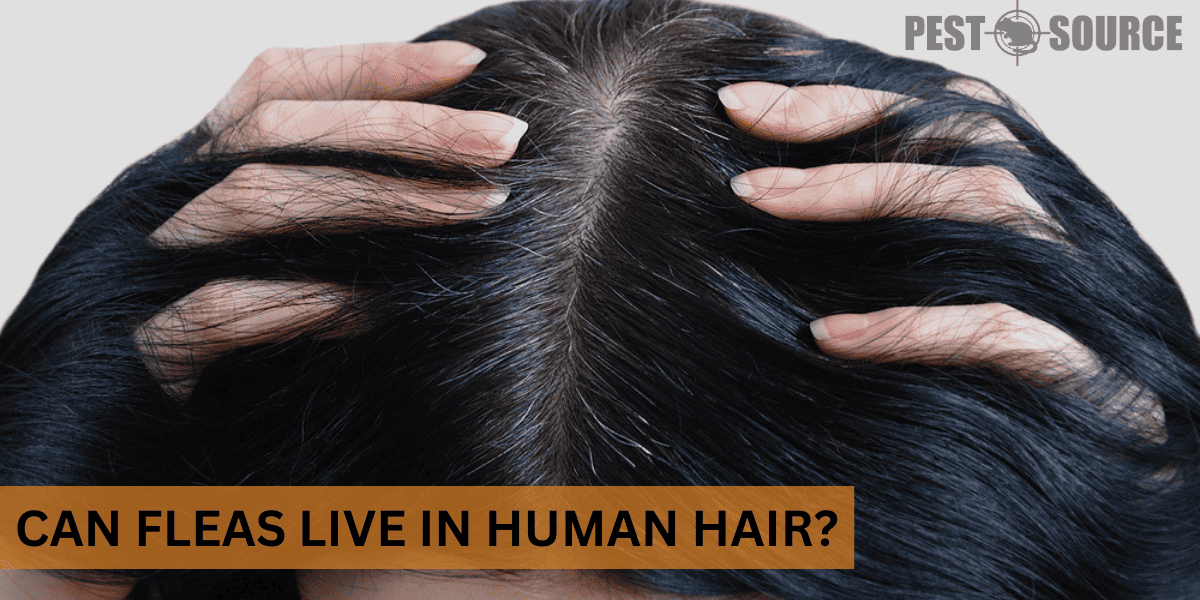Flea infestations can be a challenging and uncomfortable experience, particularly for our furry friends. But what about humans? Can fleas also infest human hair?
In this comprehensive guide, we will explore the likelihood of fleas making a home in human hair, how they may end up there, the signs and symptoms to look for, and the best ways to treat and prevent these pests from taking up residence on your scalp. Although rare, it’s crucial to understand this issue to protect yourself, your family, and your pets from the discomfort and potential health risks associated with fleas.
POINTS
- Fleas prefer animal fur over human hair, as it provides a more suitable environment for them to thrive, reproduce, and lay eggs. However, it’s possible for fleas to temporarily end up in human hair in some cases.
- Humans can get fleas in their hair through close contact with infested animals, infested environments, or from other infested humans, although the latter is highly unlikely.
- Signs of fleas in human hair include an itchy scalp, visible fleas or flea dirt, and red or swollen bite marks on the scalp, neck, or behind the ears.
- Fleas can only survive on human hair for a short period, usually just a few hours to a day, as it does not provide ideal conditions for them to reproduce and lay eggs.
- To get rid of fleas in human hair, wash your hair using a fine-toothed flea comb and warm soapy water, apply natural insect-repellent oils, or consult a healthcare professional for advice on appropriate medicated shampoos or treatments. Prevent future infestations by maintaining good hygiene, keeping pets free of fleas, and avoiding infested environments.
The Puzzling Question of Fleas and Human Hair
What is the likelihood of fleas living in human hair?

The likelihood of fleas living in human hair is pretty low, but not impossible. Fleas are small, wingless insects that mainly prefer to reside in the fur of warm-blooded animals such as cats, dogs, and other mammals. Though fleas can bite humans, our hair is typically not their ideal environment. However, in some cases, fleas may end up in human hair when there are no preferred hosts or if the person is in close contact with an infested animal or environment.
Why do fleas prefer animal fur to human hair?

Fleas have specific preferences when choosing their habitats, with a notable preference for animal fur over human hair. The table below outlines the key differences between animal fur and human hair that influence flea behavior and habitat choice.
| Feature | Animal Fur | Human Hair |
|---|---|---|
| Density | More dense, providing better cover and hiding spots | Less dense, offering limited cover for fleas |
| Temperature Regulation | Better insulation, maintains optimal body temperature for fleas | Less effective insulation, not ideal for fleas |
| Sebum Production | Higher sebum production, attracting more fleas | Lower sebum production, less attractive to fleas |
Do Fleas Ever Attach Themselves to Human Hair?
How do fleas end up on human hair?

Fleas can end up in human hair when people come into close contact with:
- Infested animals
- Infested environments
- Through contact with other humans who are carrying fleas
Fleas are excellent jumpers, so if a person’s head is close to a flea-infested surface or animal, the fleas may take the opportunity to jump onto the human’s hair.
How long can fleas survive on human hair?
While fleas can survive on human hair for a short period, they typically do not thrive in this environment. Due to the unfavorable conditions provided by human hair, fleas will not reproduce or lay eggs on humans. Fleas may remain on human hair for a few hours to a day before either falling off or seeking another host.
The table below provides a detailed look at what fleas do during their short presence in human hair, highlighting the urgency of immediate action.
| Time Frame | Activities of Fleas | Notes |
|---|---|---|
| First Few Hours | Begin feeding and moving around | Fleas are most active soon after infesting |
| Up to 24 Hours | Continue to attempt feeding; may try to lay eggs | Eggs unlikely to survive or hatch on humans |
| 24+ Hours | Fleas begin to leave or die off due to unsuitable conditions | Prompt treatment can prevent longer presence |
Do fleas lay eggs in human hair?
Fleas do not generally lay eggs in human hair. Fleas prefer the dense, warm environment provided by animal fur to lay their eggs. Human hair lacks the ideal conditions for egg-laying and, therefore, fleas are unlikely to reproduce on humans.
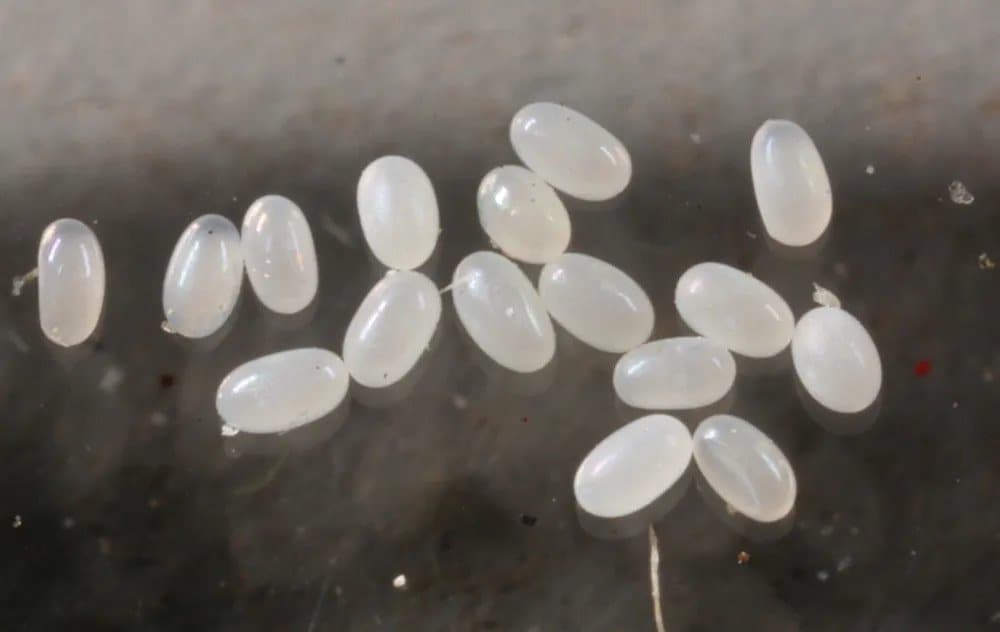
How Do Humans Get Fleas in Their Hair?
Humans can inadvertently become hosts to fleas through various pathways, often involving close proximity to infested animals or environments. The table below outlines the primary ways fleas can end up in human hair, detailing the risk factors and providing preventive tips for each scenario.
| Risk Factor | Description | Prevention Tips |
|---|---|---|
| Close Contact with Infested Animals | Fleas jump from pets or other animals in close contact with humans. | Regular flea treatments for pets, avoid close cuddles with infested animals. |
| Infested Environments | Fleas jump from surfaces or areas where infestations are present. | Keep living areas clean, vacuum regularly, avoid known infested areas. |
| Contact with Infested Humans | Although rare, fleas can transfer between humans in direct contact. | Maintain personal hygiene, avoid close physical contact with others in flea-infested settings. |
How does close contact with infested animals lead to fleas in human hair?
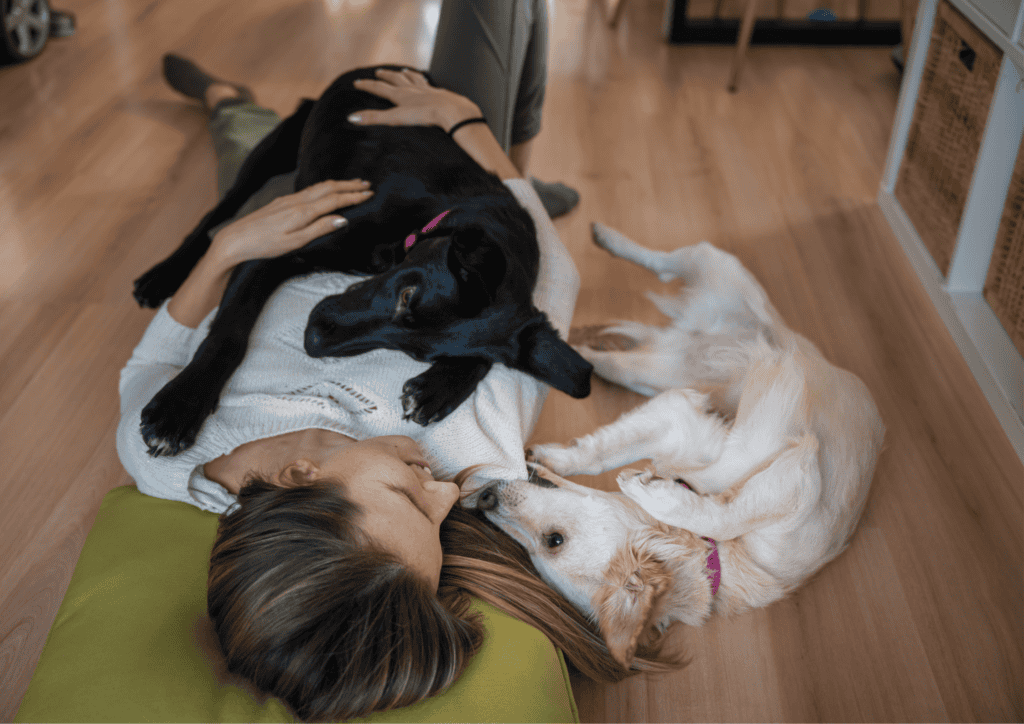
Close contact with infested animals, such as playing, cuddling, or even sleeping with them, increases the chances of fleas jumping onto human hair. Since fleas are excellent jumpers and can jump distances up to 13 inches (33 cm), they can quickly transfer from the infested animal to the person’s hair or clothing.
Can humans get fleas in their hair from infested environments?

Yes, humans can get fleas in their hair from infested environments. Flea infestations may occur in homes, yards, and other environments where fleas thrive, such as parks, woods, or kennels. When a human’s head comes in close proximity to an infested surface, fleas may take the opportunity to jump onto the person’s hair. Though they may not stay for long in the hair, it still allows for a temporary host for the fleas.
Can a human get fleas in their hair from another infested human?
Flea infestations on humans are rare, as fleas prefer animal fur to human hair. However, it is possible, though unlikely, for fleas to transfer from one human’s hair to another if they come into direct contact with each other.
What are the Symptoms of Fleas in Human Hair?
What are the signs and symptoms that may suggest fleas are in human hair?
Identifying the presence of fleas in human hair can be challenging without knowing what signs and symptoms to look for. Below is a table that details the various indicators of flea infestation in human hair, providing descriptions and possible appearances to help in early detection.
| Symptom | Description | Possible Appearance |
|---|---|---|
| Itchy Scalp | Irritation caused by flea bites | Frequent scratching, discomfort |
| Visible Fleas | Fleas moving through the hair | Small, dark insects visible against the scalp |
| Flea Dirt | Excreted digested blood from fleas | Small black specks seen on the scalp |
| Red or Swollen Bite Marks | Reactions to flea bites | Red, swollen spots, often in clusters |

Can flea bites be spotted on the scalp? What do they look like?
Yes, flea bites can be spotted on the scalp. Flea bites appear as small, raised, red, swollen bumps often accompanied by itchiness. They may be clustered in specific areas, such as the nape of the neck or behind the ears.
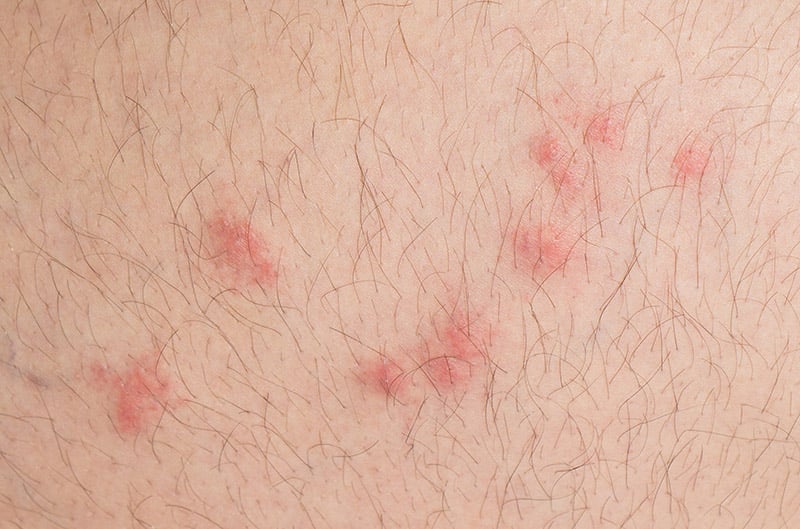
What symptoms can arise if fleas infest a human’s head?
If fleas infest a human’s head, various symptoms may arise, such as:
- Intense itchiness, leading to possible skin infections from constant scratching.
- Allergic reactions to flea saliva, manifesting as hives or a rash.
- Psychological distress, as the presence of fleas in one’s hair can be disturbing and cause anxiety.
- Secondary bacterial infections if flea bites become infected due to scratching.
While these symptoms are concerning, it’s important to remember that flea infestations in human hair are rare, and prompt actions can help resolve the issue.
Can Fleas Persist on Human Hair?
Do fleas like human hair?

Fleas do not particularly like human hair, as it does not provide the ideal environment for them to thrive. They prefer animal fur, which offers better density, temperature regulation, and sebum production. While fleas can end up in human hair, they generally do not stay or reproduce there.
How long can fleas stay in human hair?
Fleas can survive on human hair for a short period, typically only a few hours to a day. Unable to reproduce and lay eggs in human hair, fleas will eventually abandon the human host in search of a more suitable environment.
The table below compares the lifespan and reproductive behavior of fleas on animal fur versus human hair, providing insights into why they prefer certain hosts over others.
| Host Type | Lifespan | Ability to Reproduce |
|---|---|---|
| Animals (e.g., cats, dogs) | Up to several weeks or months, depending on conditions | Can reproduce extensively, laying eggs in fur |
| Humans | Typically only a few hours to a day | Unlikely to reproduce or lay eggs on humans |
Do fleas live on human hair, or do they simply use it as a transit point?
Fleas primarily use human hair as a temporary transit point between hosts. They generally do not find human hair suitable for long-term habitation or reproduction.
How Can One Identify Fleas in Their Hair?
How can one tell if they have fleas in their hair?
To detect the presence of fleas in your hair, look for the following signs:
- Itchy scalp and skin irritation.
- Visible fleas crawling through your hair or on your scalp.
- Flea dirt—small black specks on your scalp or in your hair.
- Red and swollen bite marks on your scalp, neck, or around your ears.
What does a flea in human hair look like?
A flea in human hair is small, dark-brown to black in color, and has a flat, oval-shaped body. They are around 2.5 mm in length. If you see the fleas moving, they tend to crawl rapidly, but they do not fly as they lack wings.

Are there observable flea eggs on human hair?
Flea eggs are usually found in animal fur rather than human hair. However, if flea eggs are present in human hair, they appear as tiny, pearl-like, white grains. Flea eggs are considerably smaller than the adult fleas, measuring approximately 0.5 mm in length.

How to Get Rid of Fleas in Human Hair?
What are the best ways to get rid of fleas from human hair?
If you suspect a flea infestation in your hair, here are some ways to get rid of them:
- Wash your hair using a fine-toothed flea comb and warm soapy water. Comb your hair section by section to remove any flea dirt, eggs, and adult fleas.
- Apply a natural insect-repellent oil such as tea tree, eucalyptus, or rosemary oil to your scalp. Dilute the essential oil with a carrier oil such as coconut or olive oil before applying it.
- If a natural method is not effective, consult a healthcare professional or dermatologist for advice on appropriate medicated shampoos or treatments.
Are there specific shampoos or treatments for human hair infested with fleas?

While there are no shampoos specifically designed for treating fleas in human hair, some medicated shampoos containing ingredients like pyrethrin or permethrin, used for treating lice, might also have an effect against fleas. However, you should always consult a healthcare professional or dermatologist before using such products to ensure their safety and effectiveness.
How can one prevent future infestations of fleas in human hair?
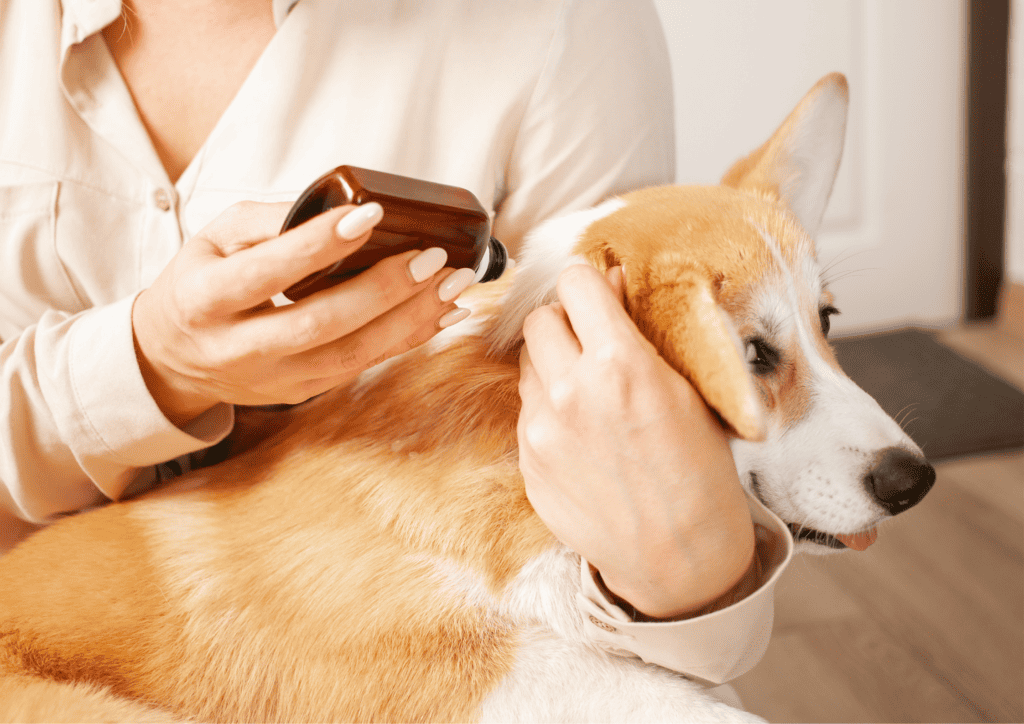
To prevent future infestations of fleas in your hair:
- Keep your pets free of fleas by using flea control products recommended by a veterinarian.
- Regularly clean and vacuum your home, including carpets, pet bedding, and upholstery.
- Avoid close contact with animals that may have fleas or environments known to harbor fleas.
- Treat your yard with flea control treatments to reduce or eliminate flea populations outside your home.
Conclusion: Understanding Flea Infestations in Human Hair
How serious are flea infestations in human hair?

Though flea infestations in human hair are uncommon and typically not serious, they can cause discomfort, irritation, and possible skin infections from scratching. It’s essential to take prompt actions to get rid of fleas in your hair and protect yourself from future infestations.
What precautions can one take to avoid fleas in their hair?
Taking precautions such as keeping your pets free of fleas, maintaining good hygiene and cleanliness in your home, avoiding close contact with infested animals or environments, and occasionally using natural insect repellent oils can effectively prevent fleas from infesting your hair.
Final thoughts on flea infestations in human hair
While fleas prefer animal fur to human hair, it’s still possible for them to end up in our hair under certain circumstances. By understanding the signs, symptoms, and treatments of flea infestations in human hair, you can better protect yourself and your loved ones. Maintaining good hygiene and following preventive measures should keep you free from any unwelcome flea guests.

